5000 Calorie Meal Plan Secrets That Actually Work (Most People Get This Wrong)

After trying way too many approaches that didn’t work, I’ve finally figured out what actually works when you need to consume 5000 calories daily. Let me be clear – most advice I found was pretty unhelpful. This isn’t about stuffing your face with junk food or following some cookie-cutter bulking approach that leaves you feeling like garbage.
I remember the first week I tried eating 5000 calories – I felt like I was going to explode after every meal. There were definitely days I wanted to quit because I was so tired of eating. But I learned there’s actually a straightforward approach that works with your body instead of against it.
I’ll walk you through what I’ve discovered about eating this much food, the mental challenges nobody talks about (seriously, people will think you’re weird), and the simple tracking that prevents you from screwing this up.
Professional athletes and bodybuilders understand this complexity better than anyone – the caloric needs for elite athletes can range from 3,500 to 6,000 calories per day according to NFL nutritionists, and the difference between success and failure comes down to precision, not just volume.
Understanding how to find your carb tolerance becomes crucial when implementing extreme caloric protocols.
Table of Contents
- The Real Science Behind Your Body’s 5000-Calorie Response
- Advanced Nutrient Timing That Actually Moves the Needle
- The Mental Game Nobody Warns You About
- Tracking Systems That Prevent You From Screwing This Up
- Final Thoughts
TL;DR
- Your body’s ability to handle switching between different fuel sources determines whether 5000 calories build muscle or just make you fat – timing and food quality matter more than just eating more
- Your gut health becomes super important when eating this much; without taking care of your digestive system, you’ll feel inflamed and kill your progress
- How your hunger hormones adapt can make or break long-term success with eating a lot of calories
- Social situations and your relationship with food need a complete overhaul when you’re eating this much
- Simple daily tracking prevents the health issues that derail most high-calorie attempts
- Strategic fasting periods and mixing up your nutrients help you get the benefits while avoiding the downsides
The Real Science Behind Your Body’s 5000-Calorie Response
Most people think eating 5000 calories is just about consuming more food, but your body is actually like a complex machine that responds differently when you’re consistently eating way more than normal. I learned the hard way that success depends on understanding how your metabolism adapts, how your gut handles massive amounts of food, and how your hormones change when you’re eating this much.
The difference between building muscle and just getting fat comes down to working with your body instead of overwhelming it. I gained 15 pounds of fat in my first month because I didn’t understand this.
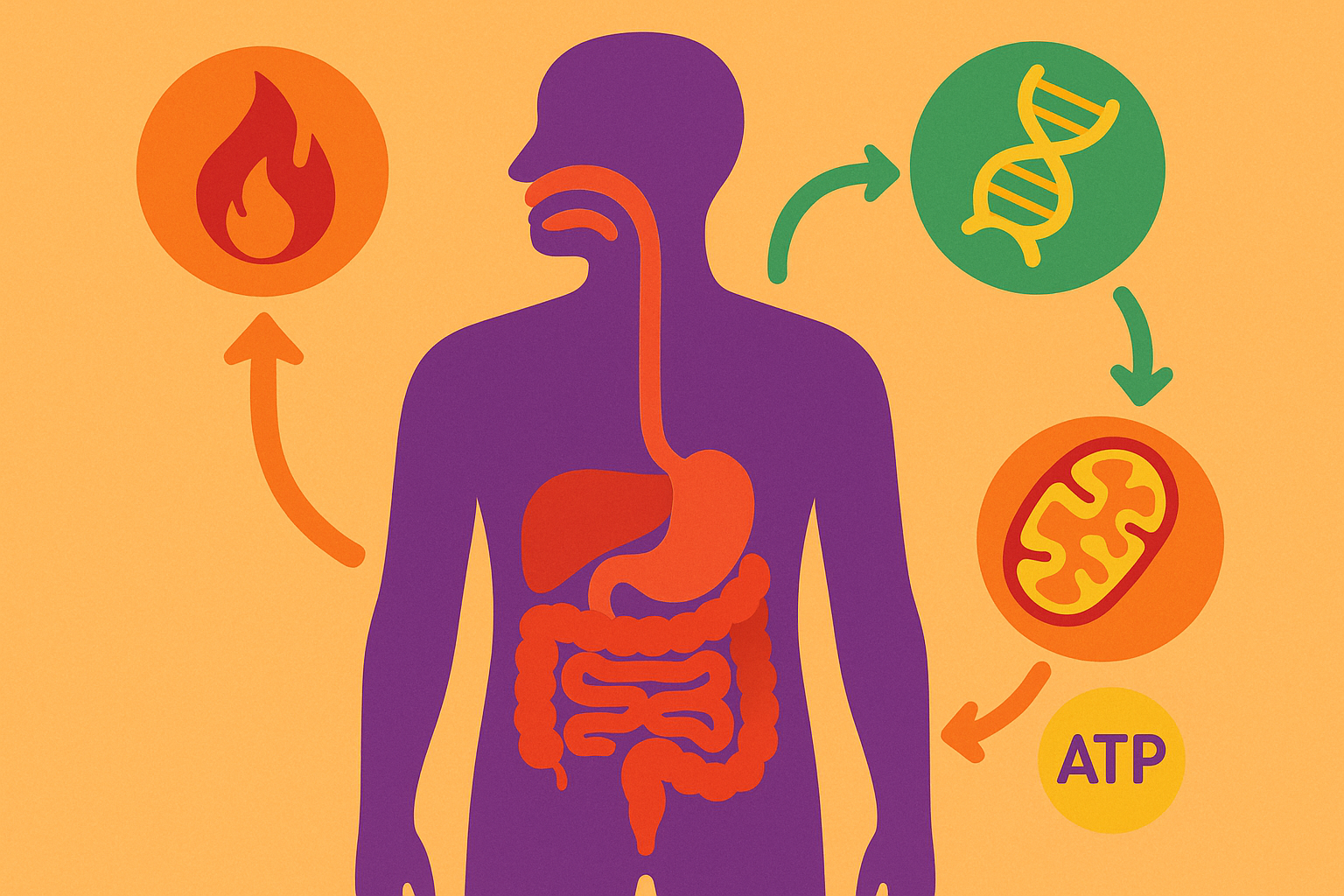
How Your Body Actually Handles All Those Extra Calories
Think of your metabolism like a car engine – sometimes it runs efficiently, sometimes it doesn’t. Your body’s ability to switch between different fuel sources determines whether those 5000 calories get used for building muscle or just stored as fat. I completely ignored where my body was actually sending those calories, which is basically how your body decides what to do with all that food.
The key is creating windows when your body is ready to use calories efficiently and supporting your cellular powerhouses so they can actually process all that energy. For those concerned about metabolic health, learning about mitochondria function and energy optimization provides crucial insights for high-calorie protocols.
| When You Eat | How Your Body Uses It | Best Timing | What to Look For |
|---|---|---|---|
| After Working Out | 85% goes to muscle building | 0-4 hours | You’re actually hungry and energized |
| Morning (Fasted) | 70% energy/30% storage | 0-2 hours | You wake up naturally hungry |
| Evening (Already Fed) | 40% energy/60% storage | 6+ hours after eating | You’re less active, more sluggish |
| During Sleep | 90% goes to repair/growth | 7-9 hours | Deep, quality sleep |
When Your Body Actually Wants Those Calories
Timing when you eat around periods when your body is ready to use calories efficiently can completely change your results. After I lift weights, I’m usually starving anyway, so that’s when I pack in the biggest meals – about 40% of my daily calories within 4 hours after training. Your body actually wants all that food after a workout – it’s like it’s finally ready to put those calories to good use instead of just storing them.
Morning is another sweet spot – I eat 25-30% of my carbs in the first 2 hours after waking because your body naturally wants fuel then. Using a continuous glucose monitor for a few weeks showed me exactly how my body responds to eating at different times.
Here’s how I actually structure my 5000 calorie day:
- 6 AM: 1,200 calories (24%) – I’m naturally hungry in the morning
- 11 AM Pre-workout: 400 calories (8%) – Just enough to fuel training
- 1 PM Post-workout: 2,000 calories (40%) – This is when I’m starving and my body wants everything
- 5 PM: 800 calories (16%) – Balanced meal when I’m getting hungry again
- 8 PM: 600 calories (12%) – Lighter evening meal so I can sleep
This approach helps me actually use those calories for building muscle instead of just getting fat, even when eating this much.
Supporting Your Cellular Powerhouses When They’re Working Overtime
Your mitochondria (basically your cellular engines) can either thrive or get overwhelmed when processing 5000 calories daily, and this directly affects how energetic you feel and how well you use all that food. I do 16-18 hour fasting periods twice weekly to give my cells a break and help them clean up through a process called autophagy.
I also take 200-300mg CoQ10 and 500mg PQQ daily to help my cells actually build more of these powerhouses. Keeping processed food under 15% of my total calories prevents the stress that damages these cellular structures. Trust me, you’ll feel the difference in your energy levels.
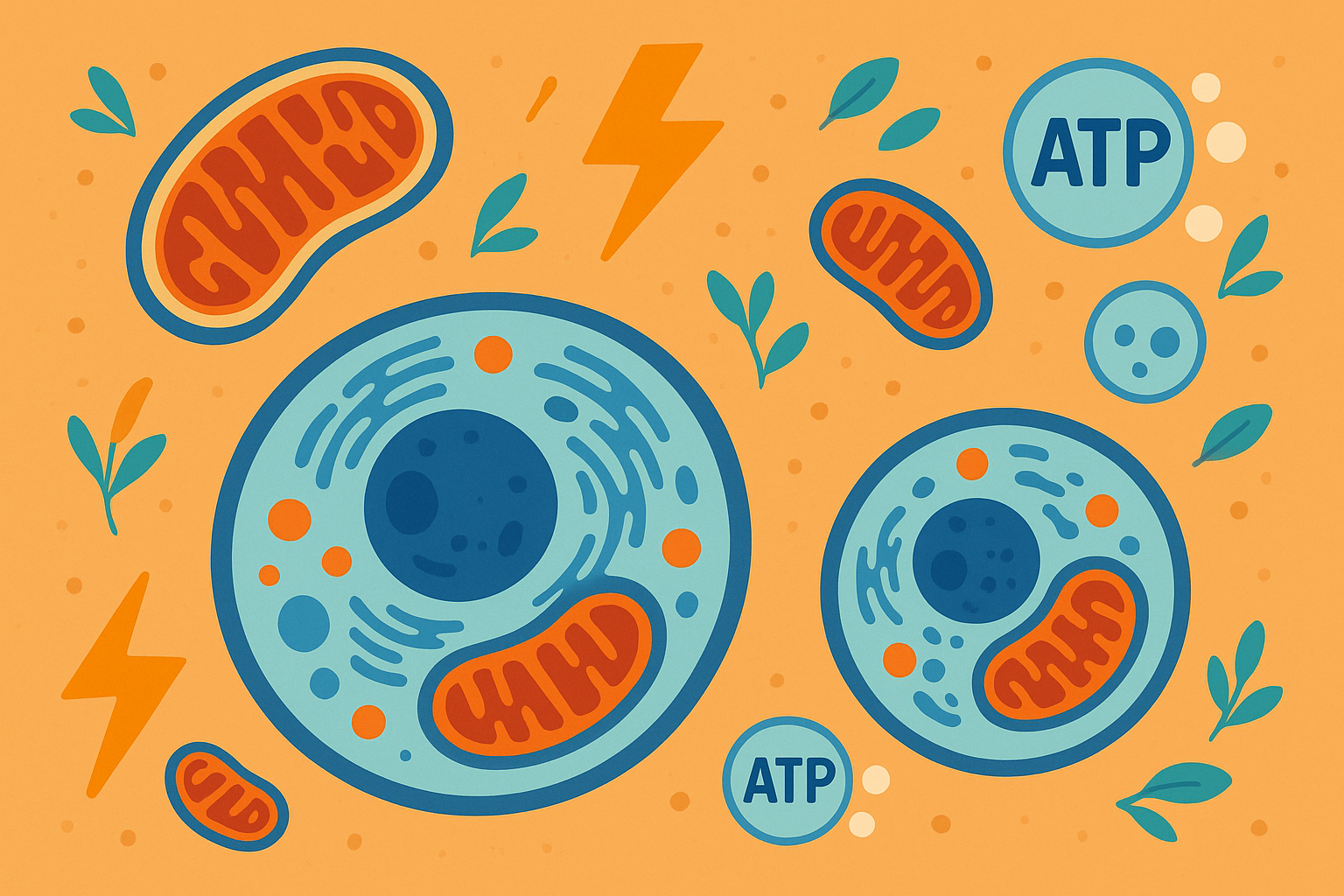
Your Gut’s Hidden Role in High-Calorie Success
Eating this much food is going to mess with your digestion at first. I’m not going to lie – there were some rough weeks where I felt bloated and uncomfortable most of the time. Your gut bacteria and intestinal lining go through major changes when you’re consistently eating 5000+ calories, affecting everything from how well you absorb nutrients to your mood.
Most people completely ignore their gut health during bulking phases, but I learned this is often where success or failure gets determined. Daily fiber intake should be approximately 30 grams to support gastrointestinal health and prevent the digestive issues that commonly derail high-calorie protocols.
Supporting gut health becomes essential, and understanding are drinking vinegars the next big thing for gut health can provide additional microbiome support strategies.
Keeping Your Gut Bacteria Happy When You’re Eating Like a Horse
High-calorie diets typically destroy the variety of good bacteria in your gut unless you’re smart about it. I make sure to eat 15-20 different plant foods weekly (herbs and spices count too, not just vegetables). Including 2-3 servings of fermented foods daily – kefir, kimchi, tempeh – gives your gut the good bacteria it needs.
I also take prebiotic supplements like inulin and resistant starch to feed the good bacteria so they can survive despite all the extra food.
Simple Gut Health Checklist for High-Calorie Days:
- ☐ Eat at least 15 different plant foods this week
- ☐ Have 2-3 servings of fermented foods daily
- ☐ Get 30+ grams of fiber from actual food
- ☐ Take a prebiotic supplement with your biggest meal
- ☐ Use digestive enzymes with meals over 800 calories
- ☐ Wait 3-4 hours between big meals
- ☐ Take probiotics on an empty stomach
Protecting Your Gut From All That Food Volume
Large meals and constant eating can damage your intestinal lining, leading to inflammation throughout your body that completely cancels out the benefits of eating more. I take L-glutamine (10-15g daily) and zinc carnosine (75mg twice daily) to support my gut barrier.
Digestive enzymes with meals over 800 calories help break down food properly. Pro tip: Don’t try to eat 2000 calories in one sitting unless you want to feel like you need a nap for the rest of the day. Spacing meals at least 3-4 hours apart lets your gut’s natural cleaning cycle work between eating sessions.
For comprehensive digestive support, consider 5 simple ways to beat bloat and improve digestion as part of your high-calorie protocol.
The Hormone Changes That Determine Long-Term Success
Your hormone system goes through complex changes during sustained high-calorie eating that most people never think about. These changes affect your thyroid, reproductive hormones, and stress response in ways that can either support your goals or completely mess things up.
Understanding and managing these changes, especially when your hunger signals get all messed up, determines whether you can keep this approach going long-term.
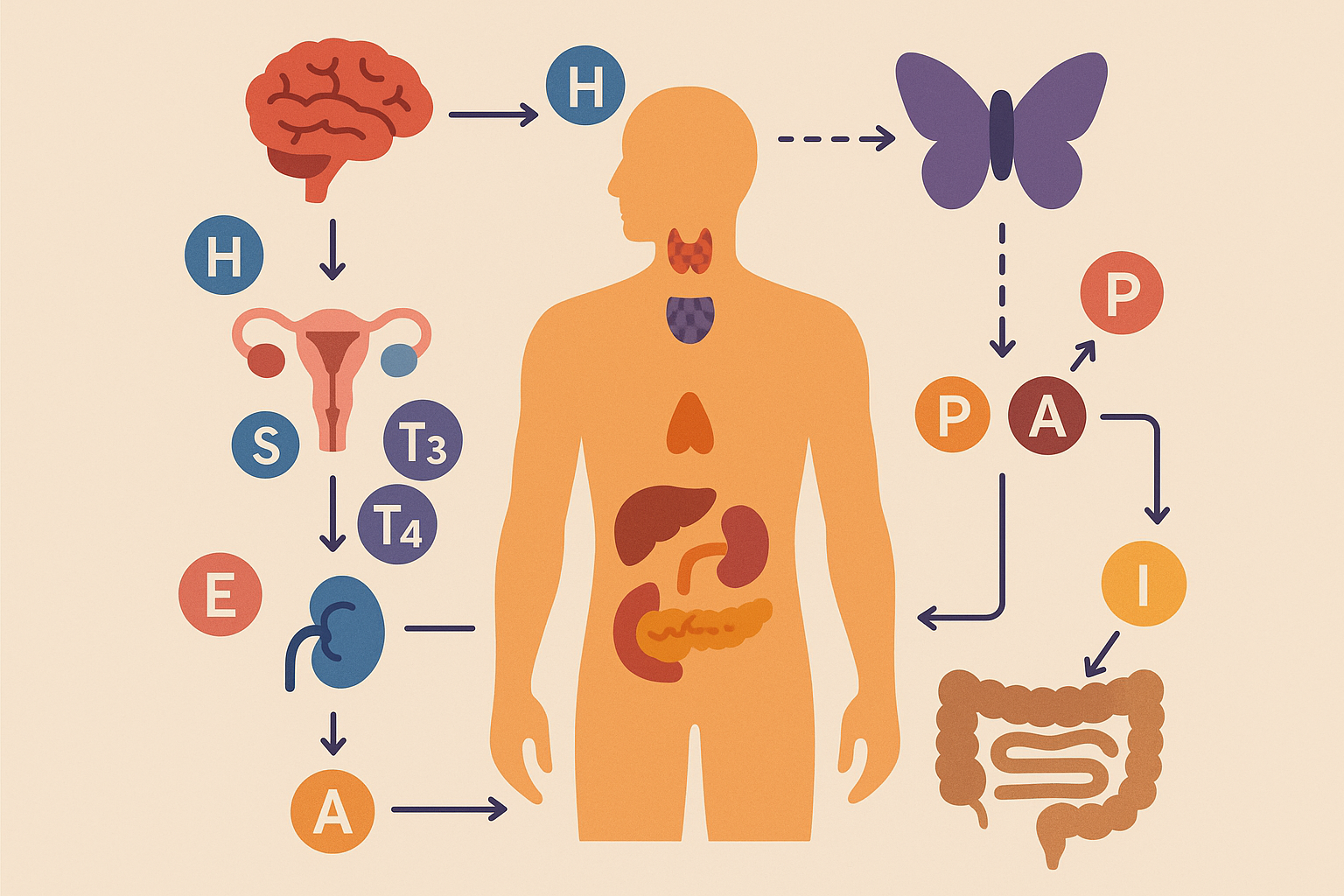
Preventing Your Hunger Signals From Getting Completely Screwed Up
Eating too much for too long can mess up leptin, which controls your appetite and metabolic rate – basically making your body fight against you. I include weekly 24-hour periods where I eat less to reset these signals. Getting 7-9 hours of sleep keeps leptin production normal.
I also limit fructose to less than 25g daily to prevent the metabolic dysfunction that leads to messed up hunger signals in the first place. Daily free sugar intake should not exceed 30 grams to prevent the metabolic dysfunction that leads to leptin resistance and hormonal imbalances during high-calorie phases.
Advanced Nutrient Timing That Actually Moves the Needle
Getting 5000 calories into your body is one thing, but getting your body to actually use those calories well requires understanding how nutrients work together, when your body is ready to absorb them, and how to enhance absorption. I discovered that your body’s natural daily rhythms create specific windows for optimal nutrient processing, and there are specific vitamin and mineral needs that come with processing this much food that most people completely miss.
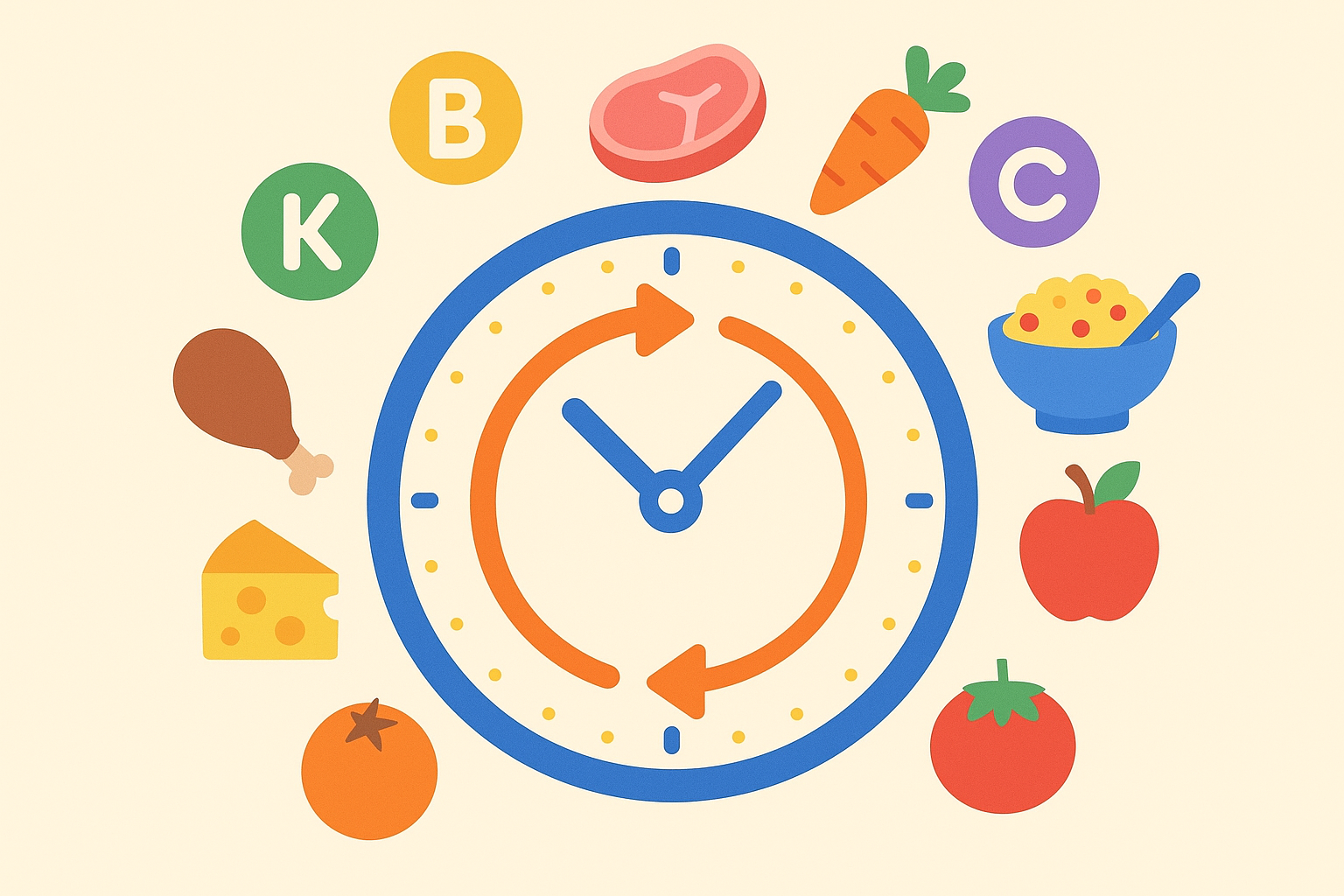
Working With Your Body’s Natural Daily Rhythms
Your body’s internal clock creates predictable windows when it’s primed for building muscle, using carbs, and burning fat. Instead of just eating constantly, I learned to time my food intake with these natural patterns. This approach gets the most muscle-building response from protein and ensures carbs get used for energy rather than stored as fat.
Elite athletes understand this precision approach. Olympic shot put champion Ryan Crouser limits meals to 1,000 calories each to avoid feeling sluggish or bloated according to Outside Magazine. This strategic approach to meal timing and portion control demonstrates how even at extreme caloric intakes, there’s an art to optimizing nutrient absorption and maintaining performance.
Protein Timing That Actually Builds Muscle
Your body’s muscle-building follows daily patterns that you can take advantage of through strategic protein timing. I eat 40-50g of complete protein within 30 minutes of waking to take advantage of morning muscle-building peaks. Including 25-30g of slow-digesting casein protein 2 hours before bed supports overnight recovery when growth hormone is naturally high.
Spacing protein every 3-4 hours keeps your body in muscle-building mode throughout the day.
My protein timing schedule for optimal muscle building:
- 6:00 AM: 45g whey protein + whole eggs (fast absorption when cortisol is high)
- 10:00 AM: 35g from lean meat + dairy (steady amino acid release)
- 2:00 PM: 50g post-workout whey + casein blend (when your body wants it most)
- 6:00 PM: 40g from fish or chicken (complete amino acid profile)
- 10:00 PM: 30g casein protein (overnight muscle repair)
This schedule gives me 200g of high-quality protein spaced out for continuous muscle building.
Managing Vitamins and Minerals at High Food Volumes
Processing 5000 calories daily creates unique vitamin and mineral needs that require careful planning. Most people focus only on protein, carbs, and fats, but I learned that preventing deficiencies and optimizing how your cells work requires understanding how vitamins and minerals interact when you’re eating this much.
| Vitamin/Mineral | Normal Amount | High-Calorie Need | When to Take It | What It Competes With |
|---|---|---|---|---|
| Magnesium | 400mg | 600-800mg | Split doses, away from calcium | Competes with calcium |
| Zinc | 11mg | 20-30mg | Away from meals | Blocked by iron, calcium |
| Vitamin D3 | 600 IU | 5,000-10,000 IU | With fats, morning | Needs K2 to work properly |
| B-Complex | Varies | 2-3x normal | With biggest meals | Water-soluble, leaves body quickly |
| Iron | 8-18mg | Monitor levels | With vitamin C | Can cause problems if too much |
Fat-Soluble Vitamin Balance That Prevents Problems
High-calorie diets often create imbalances in fat-soluble vitamins because they compete for absorption and your bile acid production changes. I cycle vitamin D3 (5000-10000 IU) with vitamin K2 (200mcg MK-7) to prevent calcium from going to the wrong places.
Including vitamin E complex (mixed tocopherols) at 400 IU daily protects against the increased stress that comes with eating more. I monitor vitamin A intake to prevent toxicity from fortified foods and supplements.
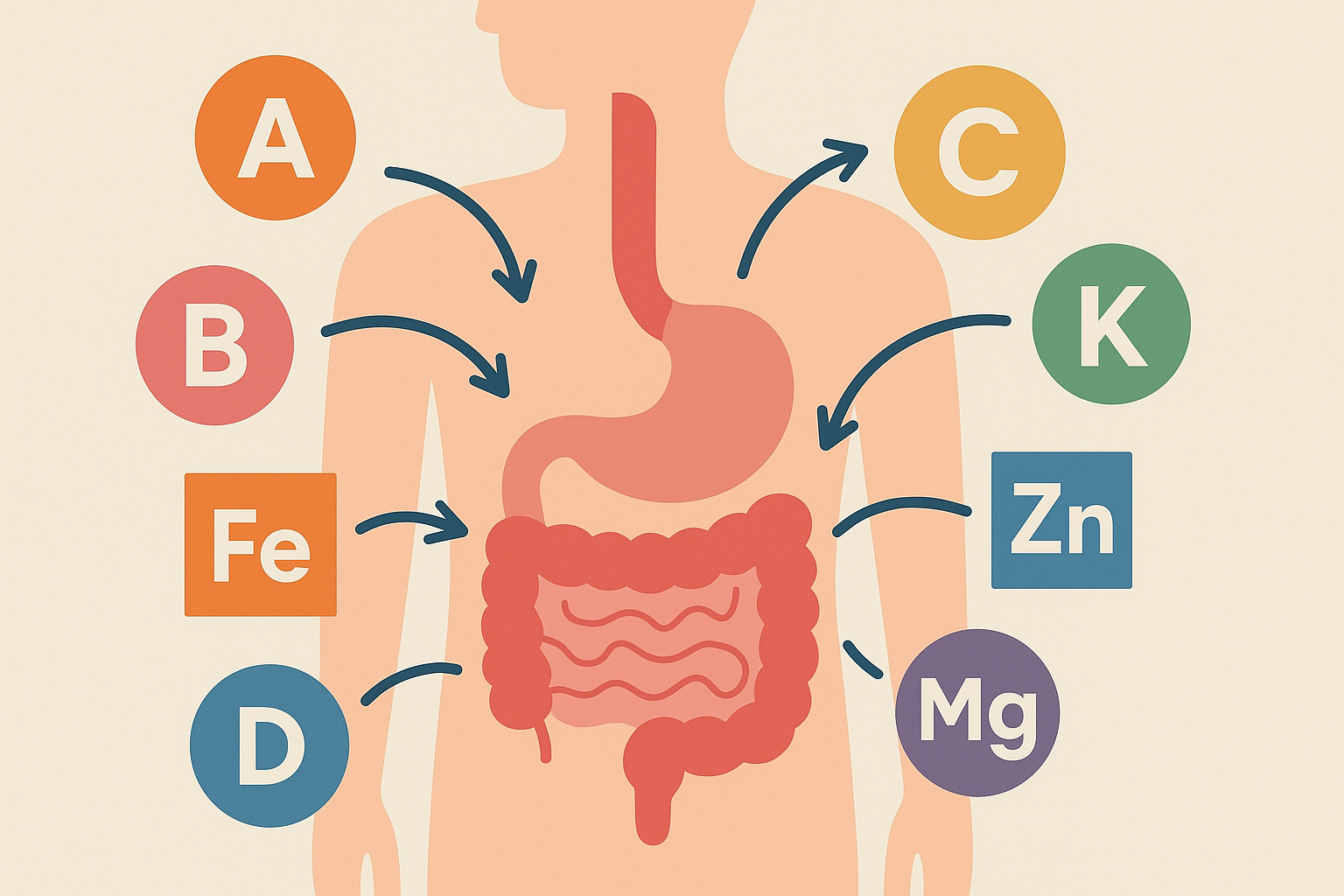
Mineral Helpers That Keep Energy Production Running
Eating more calories increases demand for minerals involved in energy production, and bottlenecks here can limit your results despite eating enough calories. I supplement with magnesium glycinate (400-600mg) to support energy production and muscle building.
Including zinc picolinate (15-30mg) away from calcium-rich meals optimizes absorption. When zinc intake exceeds 30mg daily, I monitor copper levels and supplement (1-2mg) to prevent deficiency.
The Mental Game Nobody Warns You About
The psychological and social aspects of eating 5000 calories daily create challenges that can completely derail your progress if you’re not ready for them. I’ve had to fundamentally change my relationship with food, figure out strategies for social situations, and create systems to stay motivated when eating becomes work.
These mental aspects often determine success more than the nutrition itself. My friends thought I was crazy when I’d bring a protein shake to dinner parties.
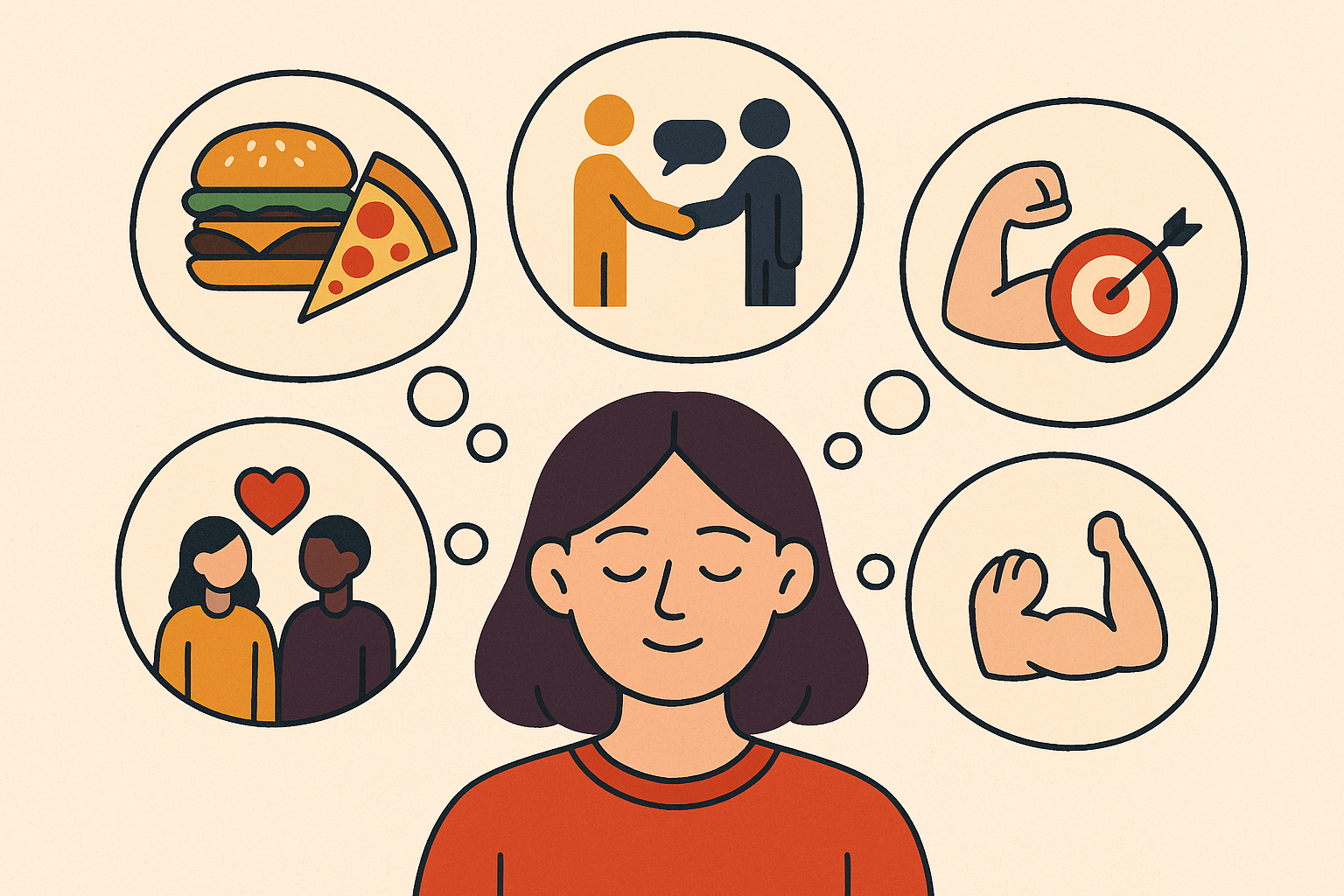
Changing Your Relationship With Food
Shifting from normal eating patterns to eating this much requires fundamental changes in how you think about food, plan meals, and interpret hunger and fullness signals. After weeks of eating 5000 calories, your natural appetite cues can get completely scrambled, so you need conscious strategies to maintain healthy eating behaviors long-term.
Professional bodybuilders understand this balance. Chris Bumstead often incorporates favorite foods like pancakes into their 5000-calorie protocols according to BarBend, showing that psychological satisfaction and food enjoyment remain important factors even during extreme bulking phases.
Getting Your Appetite Signals Back on Track
After weeks of eating 5000 calories, your hunger and fullness cues can become completely messed up. I practice mindful eating techniques for at least one meal daily to stay aware of actual hunger. Using hunger scales (1-10) before and after meals helps me track how my appetite signals change over time.
I do periodic “appetite reset” days with intuitive eating every 2-3 weeks to prevent complete disconnection from natural hunger cues.
Daily Appetite Awareness Checklist:
- ☐ Rate hunger level (1-10) before each major meal
- ☐ Practice mindful eating for at least one meal
- ☐ Eat without distractions (phone, TV, work) during mindful meal
- ☐ Rate fullness level 20 minutes after eating
- ☐ Note any emotional triggers affecting eating patterns
- ☐ Track energy levels 1-2 hours post-meal
- ☐ Schedule weekly appetite reset day
Navigating Social Eating Without Looking Weird
The social stuff is honestly the weirdest part. I’ve had to explain to dates why I’m ordering appetizers, two entrees, and dessert. Some people think I have an eating disorder, others assume I’m training for something crazy. I usually just say I’m working on gaining weight for athletic reasons – which is true enough.
I pre-eat before social events to meet my calorie needs without appearing excessive at the table. Focusing conversations on non-food topics reduces attention on my unusual eating patterns. Having standard explanations ready avoids lengthy justifications that make everyone uncomfortable.
My social eating strategy for maintaining 5000-calorie goals:
- Before dinner parties: Eat 1,200-1,500 calories 2 hours before
- At restaurants: Order additional sides “for later” to meet calorie needs
- During work lunches: Bring protein bars/shakes as “snacks”
- Family gatherings: Volunteer to bring high-calorie dishes I can eat freely
- Dating situations: Choose restaurants with calorie-dense options I actually enjoy
This approach helps me hit my targets without drawing unwanted attention or making others uncomfortable.
Staying Motivated When Eating Becomes a Chore
Let’s be real – after a few weeks, eating becomes work. There were days I had to set alarms to remind myself to eat because I was so tired of food. Having a clear reason why you’re doing this helps a lot.
Successfully sticking with a 5000-calorie plan requires integrating this approach into your identity and daily routine in ways that support long-term sustainability. This isn’t about willpower – you need systems that maintain motivation and clear goals that go beyond simple weight or performance metrics.

Creating Motivation That Actually Lasts
Staying motivated for extreme nutrition requires more than wanting to get bigger or stronger. I track weekly non-scale victories like energy levels, sleep quality, and strength gains to see progress. Taking photos and keeping performance logs provides concrete evidence of improvement.
Having backup plans for motivation dips and social pressure situations prevents derailment when things get tough.
Tracking Systems That Prevent You From Screwing This Up
Successfully doing a 5000-calorie protocol requires monitoring systems that go way beyond tracking calories and weight. I learned that you need to monitor multiple health markers and performance indicators to make sure this approach is actually supporting your health rather than hurting it.
The key is creating systems that allow for immediate adjustments based on real-time feedback.
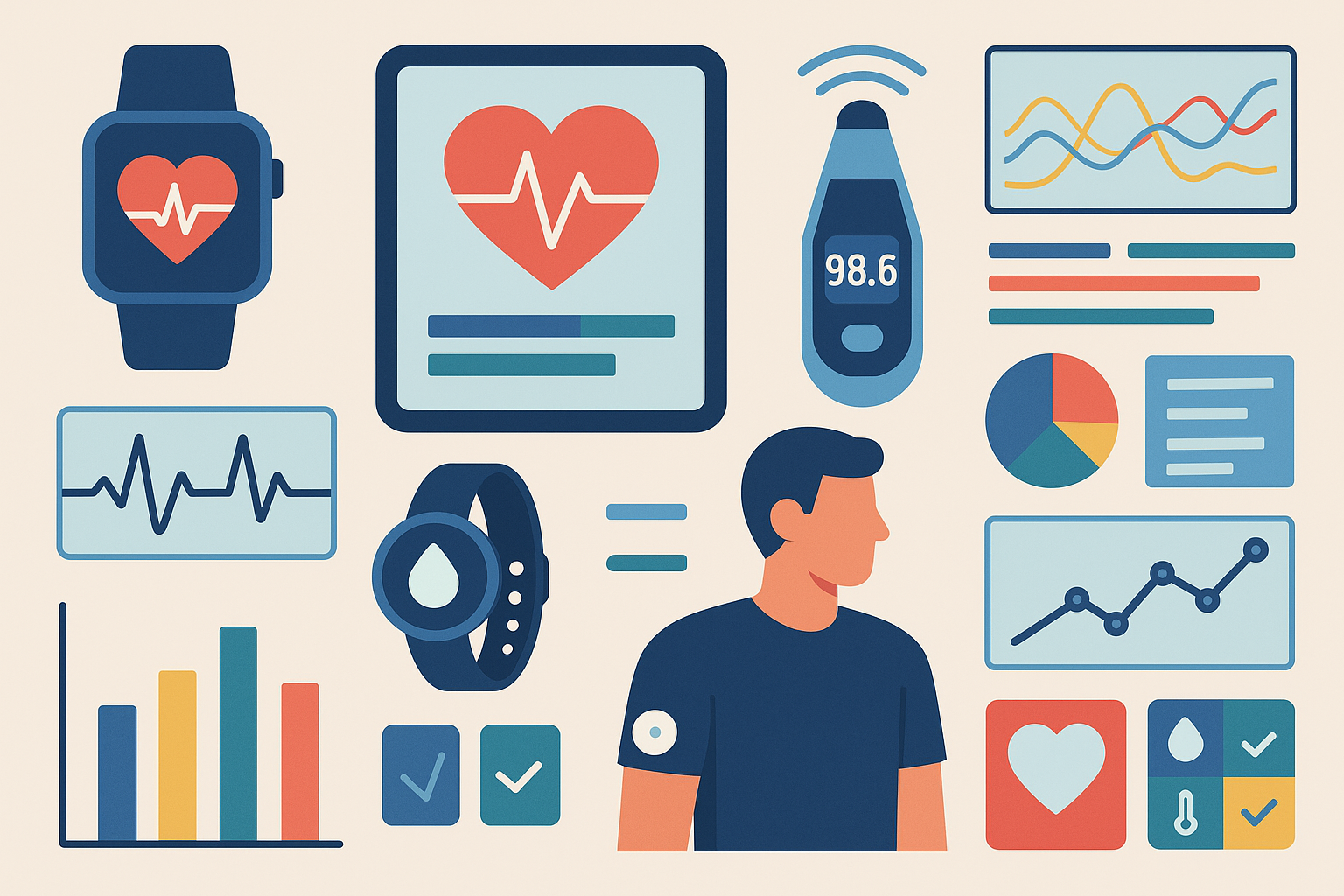
Health Markers That Actually Matter
I know this sounds like a lot of testing, but you don’t want to find out months later that all this extra food is messing with your health. I learned this lesson when my energy crashed and my doctor told me my blood sugar was getting wonky. Now I just get basic blood work every few months to make sure everything’s still good.
Effective monitoring includes metabolic health markers, inflammation indicators, and performance metrics that reveal the true impact of eating this much. Regular tracking of key metabolic markers helps identify potential issues before they become problems and allows for real-time adjustments that keep you on track.
Men should consume no more than 30 grams of saturated fats daily, while women should limit intake to 20 grams to prevent cardiovascular complications during high-calorie phases, making lipid panel monitoring essential.
Health Monitoring You Can’t Skip
I track fasting glucose, HbA1c, and insulin levels every 6-8 weeks to catch metabolic problems early. Getting lipid panels including particle size analysis every 3 months reveals heart health impacts that basic cholesterol tests miss.
Checking thyroid function (TSH, T3, T4, reverse T3) every 4-6 months ensures the metabolic stress isn’t suppressing thyroid output.
Essential Health Monitoring Schedule:
- ☐ Fasting glucose & insulin (every 6-8 weeks)
- ☐ Complete lipid panel with particle analysis (every 3 months)
- ☐ HbA1c (every 3 months)
- ☐ Comprehensive metabolic panel (every 2 months)
- ☐ Thyroid function panel (every 4-6 months)
- ☐ Inflammatory markers (CRP, ESR) every 3 months
- ☐ Liver function tests (every 2 months)
Daily Feedback That Keeps You Optimized
Look, I’m not saying you need to become a data scientist, but keeping track of a few key things will save you a lot of headaches. I use a simple app to log how I’m feeling each day – energy levels, sleep, whether my stomach feels okay. Nothing fancy.
Simple daily measurements provide immediate feedback on how well your body is responding to the current approach. These metrics allow for quick adjustments that prevent negative adaptations and optimize outcomes on a day-to-day basis.
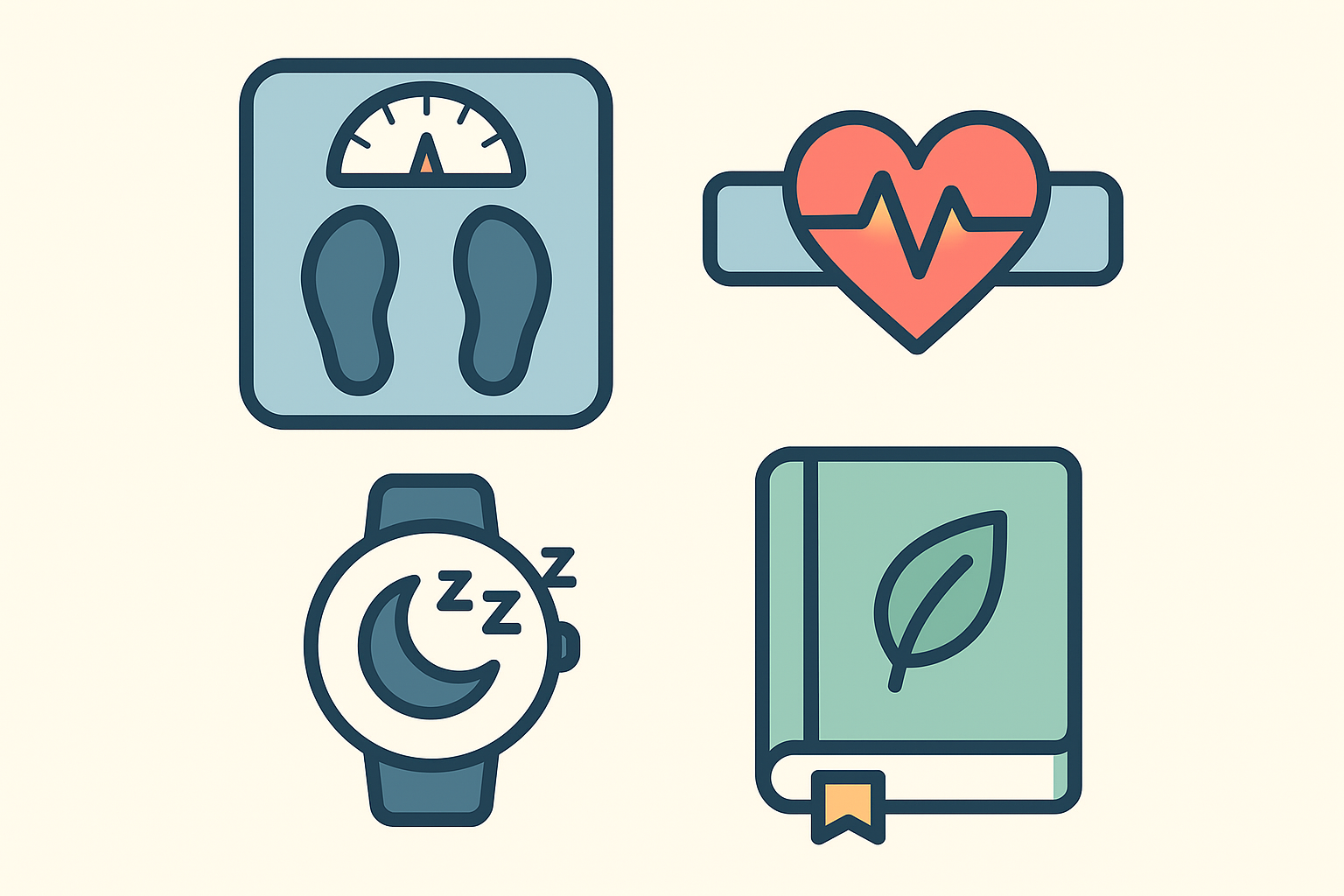
Daily Metrics That Guide Real-Time Adjustments
I monitor morning heart rate variability using a wearable to track recovery and nervous system status. Tracking sleep quality scores and recovery metrics reveals how well my body is handling the caloric load.
Logging energy levels, mood, and digestive comfort on a 1-10 scale provides subjective feedback that numbers can’t capture. Recording workout performance and recovery between sessions shows whether the nutrition is actually supporting training goals.
How does your current approach to high-calorie nutrition stack up against these monitoring systems? Are you tracking the right metrics, or hoping for the best?
If you’re feeling overwhelmed by the complexity of managing a 5000 calorie meal plan while monitoring all these variables, Organic Authority’s premium supplement line can help fill some of the gaps. Their carefully curated selection of digestive enzymes, probiotics, and micronutrient complexes takes the guesswork out of supporting your gut health and nutrient absorption at high caloric loads. Check out their science-backed formulations that align with the precision approach outlined here.
Final Thoughts
Look, eating 5000 calories a day isn’t glamorous. You’ll spend way too much money on food, your meal prep will take forever, and people will think you’re weird. But if you need to gain weight or fuel serious training, and you do it smart, it actually works. Just don’t expect it to be easy or fun all the time.
Successfully doing a 5000-calorie meal plan isn’t about eating more food. It’s about understanding your body as a complex system that responds to eating way more calories in predictable ways. The difference between building muscle and getting fat comes down to working with your body instead of against it.
The strategies I’ve shared here for metabolic flexibility, gut health, and hormone optimization represent years of trial and error (mostly error, if I’m being honest). What I learned is that your body wants to use those calories efficiently – you just need to create the right conditions.
The psychological aspects often catch people off guard. Eating 5000 calories daily changes your relationship with food in ways you don’t expect. Having systems in place for social situations and motivation dips isn’t optional – it’s what separates short-term attempts from long-term success.
Most importantly, the monitoring systems aren’t extras. They’re what prevent the health problems that derail most high-calorie attempts. Your body will adapt to eating this much, but whether those adaptations support your goals or work against them depends on how well you’re tracking and adjusting.
Remember, this approach requires patience and precision. Your body needs time to adapt to processing this volume of food efficiently. Give it the support it needs through proper timing, quality ingredients, and consistent monitoring, and you’ll be amazed at what’s possible.

